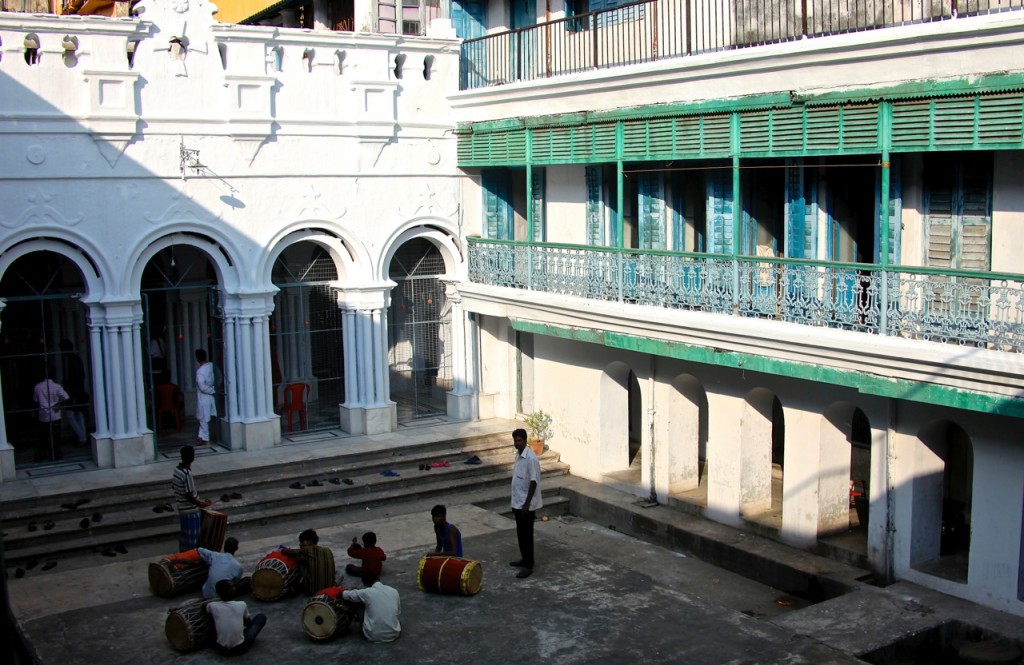As India Builds (Part 3)
The past always recedes. Sensible people do not let that be bothersome. The old steps aside for the new and so it should. Yet, looking out the car window driving through India these days, I am stricken by the pace and brutality of this transition. Chowringhee, Calcutta’s once impressive Paris-esque boulevard, is now layered in flyover roads obstructing views of British era architectural gems such as the Indian Museum, and Geological Survey. The imposing Calcutta Club building has also lost its eminence with the intervention of the Lower Circular Road flyover.
In South Calcutta, Sir Rajendranath Mookherji’s house on 7 Harrington Street awaits its yet unknown fate; a silent ponderer of its owners’ declining prominence. The lure of escalating real estate prices will soon become too much. Sir B.C. Mitter’s 19 Camac Street has already been demolished, a skyscraper in its place. The same for Raja Promotho Roy Chowdhury’s 9 Hungerford Street overlooking the lake in Minto Park. In the older North Calcutta, Sir Kailash Bose’s residence will soon be sold, wiping out another reel of childhood memories for my mother and grandmother. Ramdulal Sarkar’s Beadon Street house, Digambar Mitra’s Jhamapukur house, Manmathanath Mitra’s Shyampukur house all still stand, but in dilapidated conditions; all of them, like elephants, will fold gently, horrendously, onto their knees.
This segment is part 3 in the series : As India Builds
1 2 3 4 5 6 7 8
Featured Videos
Can 1M/1M Help Me Raise Money?
How Does 1M/1M Democratize Entrepreneurship Education?
How Does 1M/1M Democratize Management Consulting?
When Is The Right Time To Join 1M/1M?
Can 1M/1M Help Me With Business Development?
Can 1M/1M Help Me With Market Sizing?
Can 1M/1M Help Me Validate My Product?
Will I Have Private 1-on-1 Sessions In 1M/1M?
How Does 1M/1M Help Entrepreneurs Connect With Silicon Valley?
Mentoring or Consulting?
Why Does 1M/1M Charge $1000 a Year?
Why Does 1M/1M Partner With Local Organizations?
Why Don\’t Mentoring Networks Work?
Why Is It Important To Study With 1M/1M Now?
Dan Stewart Story
Vikrant Mathur Story

